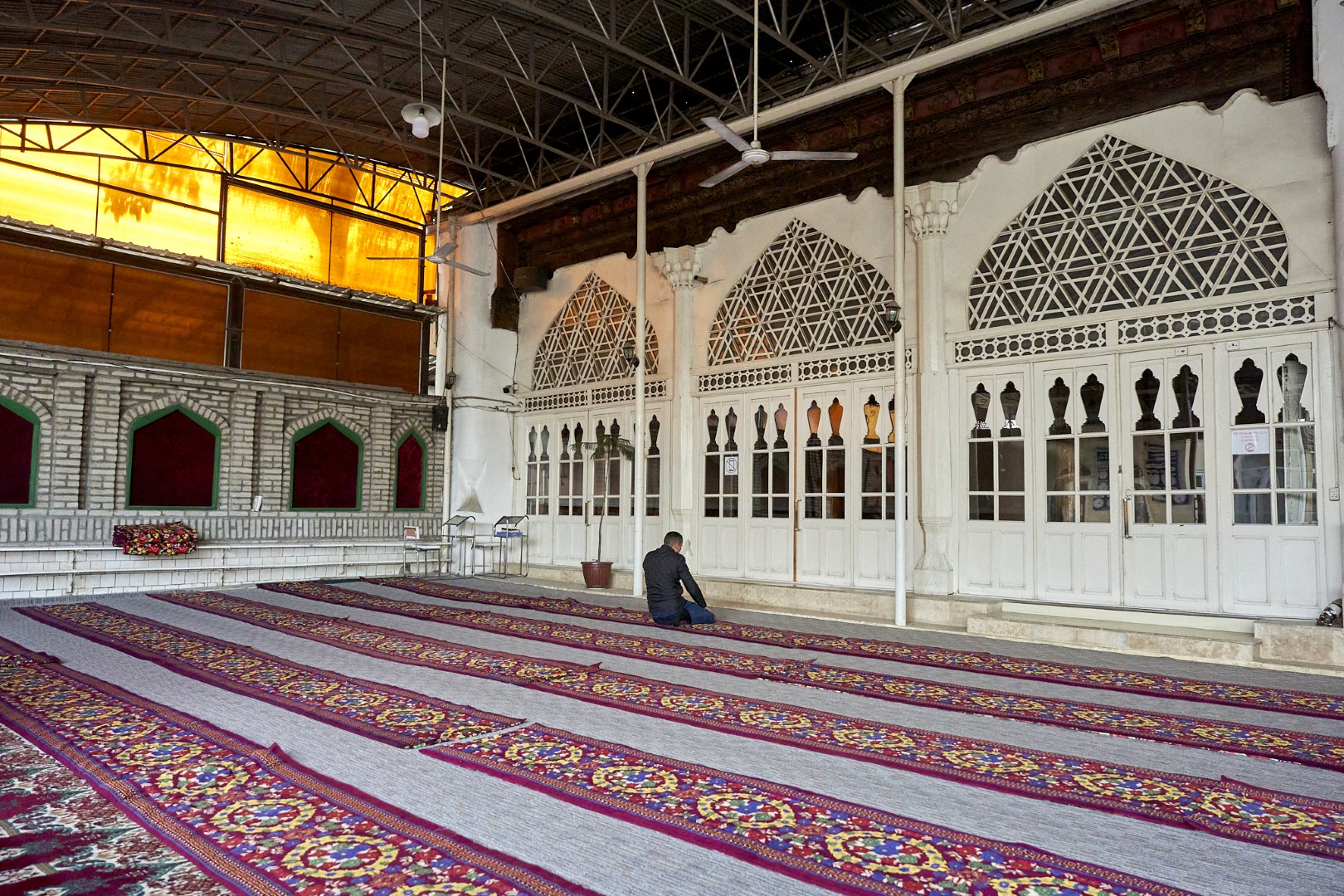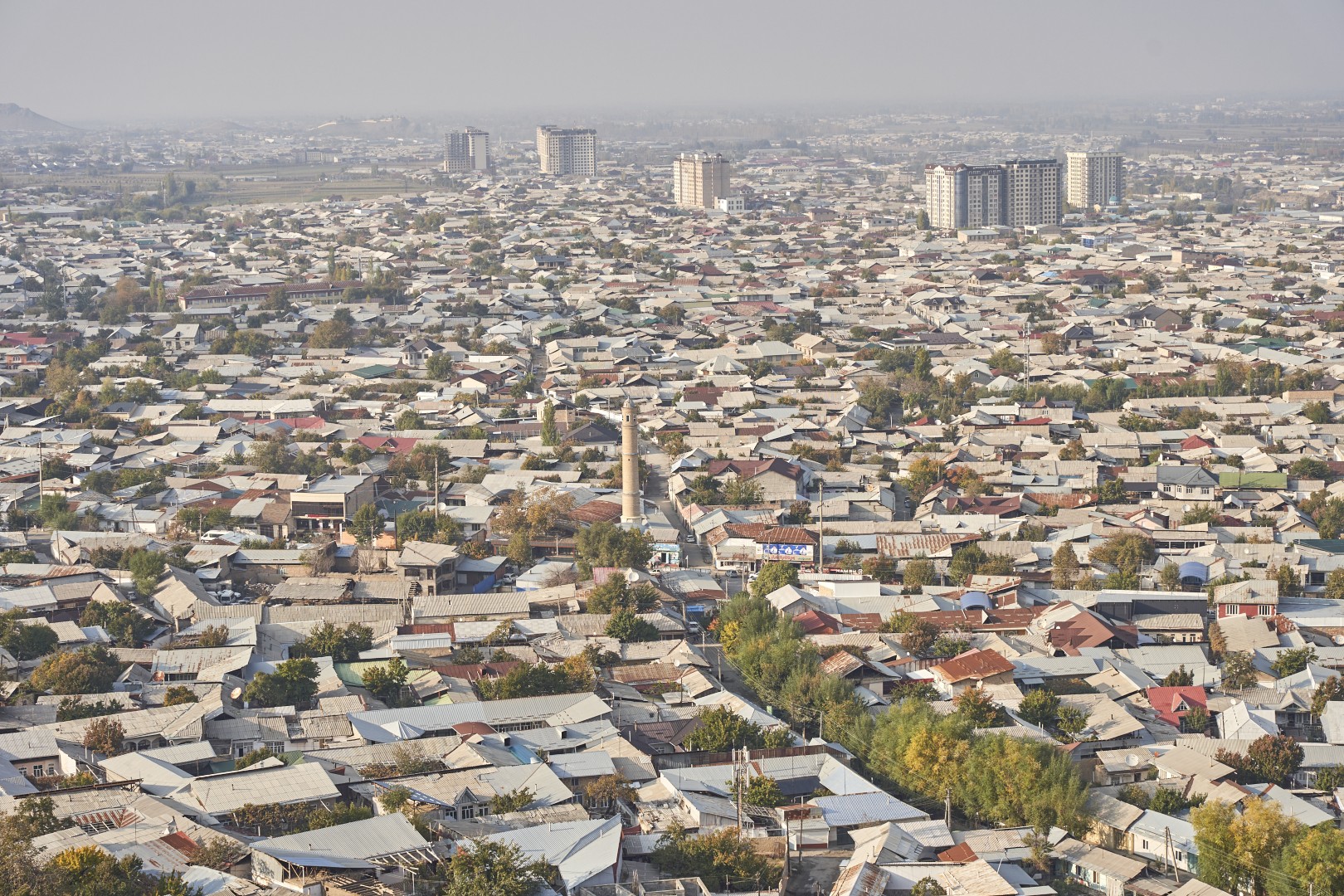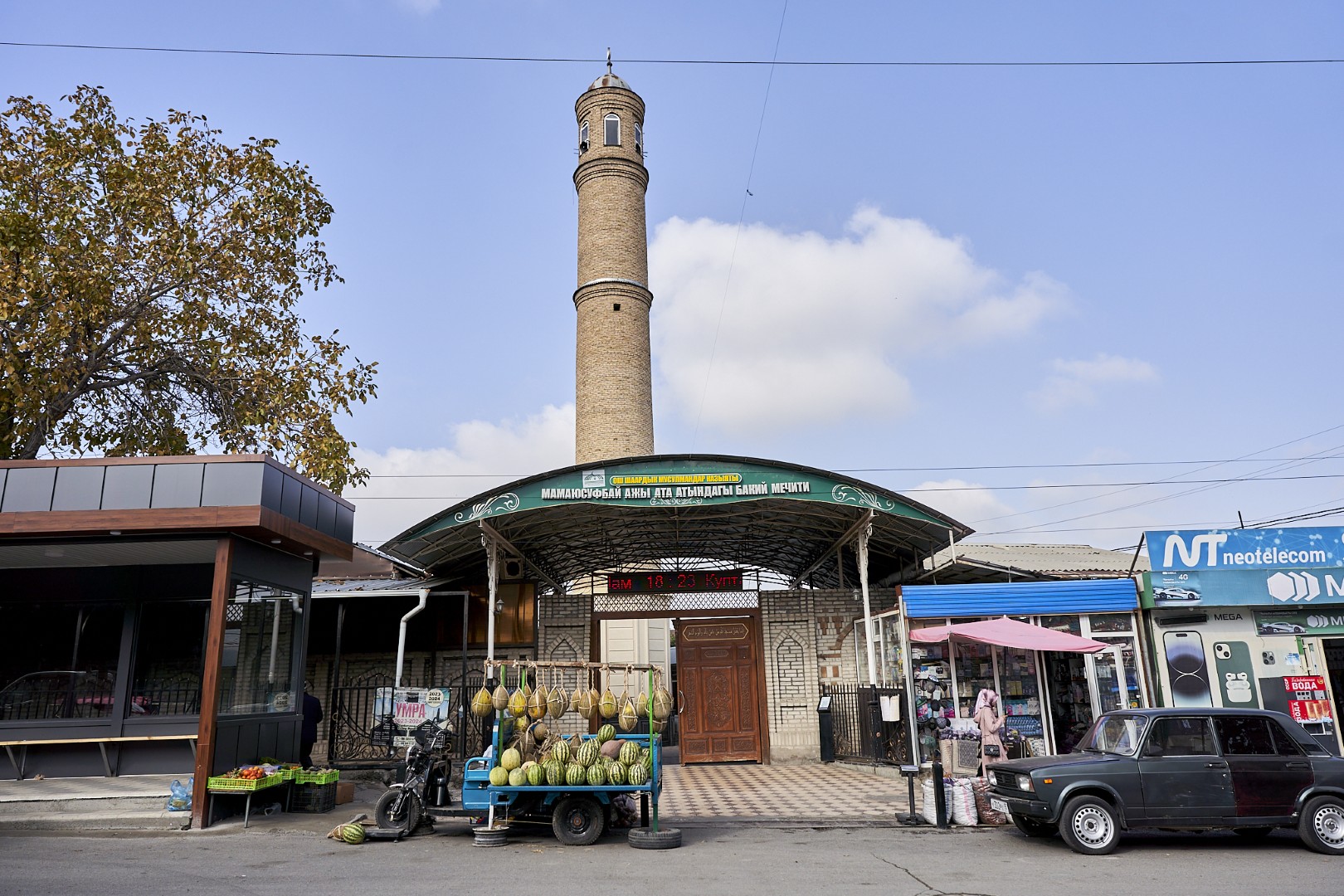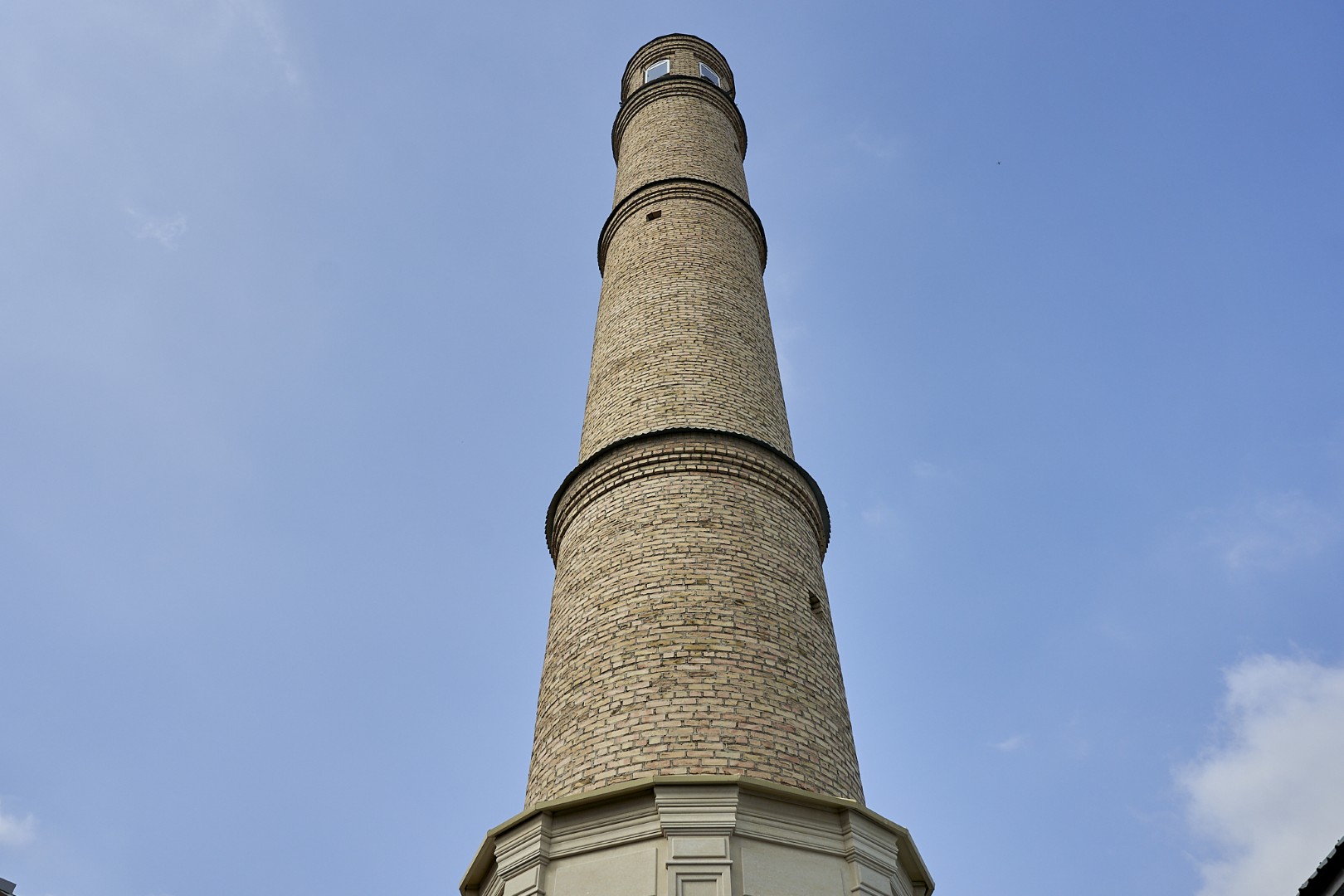

Entrance fee – Free

06:00 – 20:00

During prayer times
Women must cover their heads

Alisher Navoi str. 110
Add to My Tour
Mosque of Mohammed Yusuf Bai Haji Ogli
Mohammed Yusuf Bai Haji Ogli Mosque, an architectural monument of the 20th century, located on Navoi Street, is an example of a “guzar” (quarterly) religious building typical of southern Kyrgyzstan.
Mohammed Yusuf Bai Haji Ogli Mosque is the only example of original Fergana architecture in Osh, which was once very common throughout southern Kyrgyzstan, but today is almost lost.
In the past, neighbourhood mosques had the same layout and were built of fired or adobe bricks, “guvalak” and “pakhsa.” The roofs and coverings were made of clay, reeds and “berdana” woven mats on a wooden base. Walls and ceilings were decorated with bright ornaments and carvings on plaster and wood. Wooden columns were embellished with carved capitals and bases, and wooden ceiling beams bore simple or complex patterns.
One of the essential differences between the Mosque of Mohammed Yusuf Bai Haji Ogli and other places of worship is the absence of a dome. The layout resembles the letter “G”, and consists of a summer iwan, or vaulted portal, and winter prayer halls with mihrabs indicating the direction of Mecca. Initially, it was made of raw bricks, with fired bricks used for cladding. The main entrance to the winter prayer halls was in the eastern façade.
Another of the mosque’s notable features is its ornately decorated ceiling, supported with carved columns. Complex wooden beams are painted with bright floral patterns and ornaments. Floral elements combined with classical calligraphy were created by craftsmen from Khujan, as evidenced by the inscriptions. One of the beams also bears the names of Osh carpenters, and lists the date of construction as 1909-1910. The mosque is named in honor of the philanthropist Mohammed Yusuf Bai Haji Ogli, who, according to historical accounts, held a prominent position during the reign of the Kokand Khanate (1709-1876) and lived in that quarter.
In the 1960s, the first detailed examination of the mosque was carried out by the Soviet architect Leonid Kutsemelov, according to whose designs the Alai Hotel, the main building of Osh State University, and the former House of Pioneers were built in Osh.

Locations Nearby
-

Artisans Quarter
Artisans Quarter is one of the favorite urban subjects of Osh painters. After Suleiman Mountain, it is the most recognizable location portrayed by local landscape…
-

Mosque of Mohammed Yusuf Bai Haji Ogli
Mohammed Yusuf Bai Haji Ogli Mosque, an architectural monument of the 20th century, located on Navoi Street, is an example of a “guzar” (quarterly) religious…
-

Asaf Ibn Burhia
Asaf ibn Burhia Mausoleum is located on the southeastern slope of Suleiman Mountain, and was built in the 18th century in the traditions of the…
-
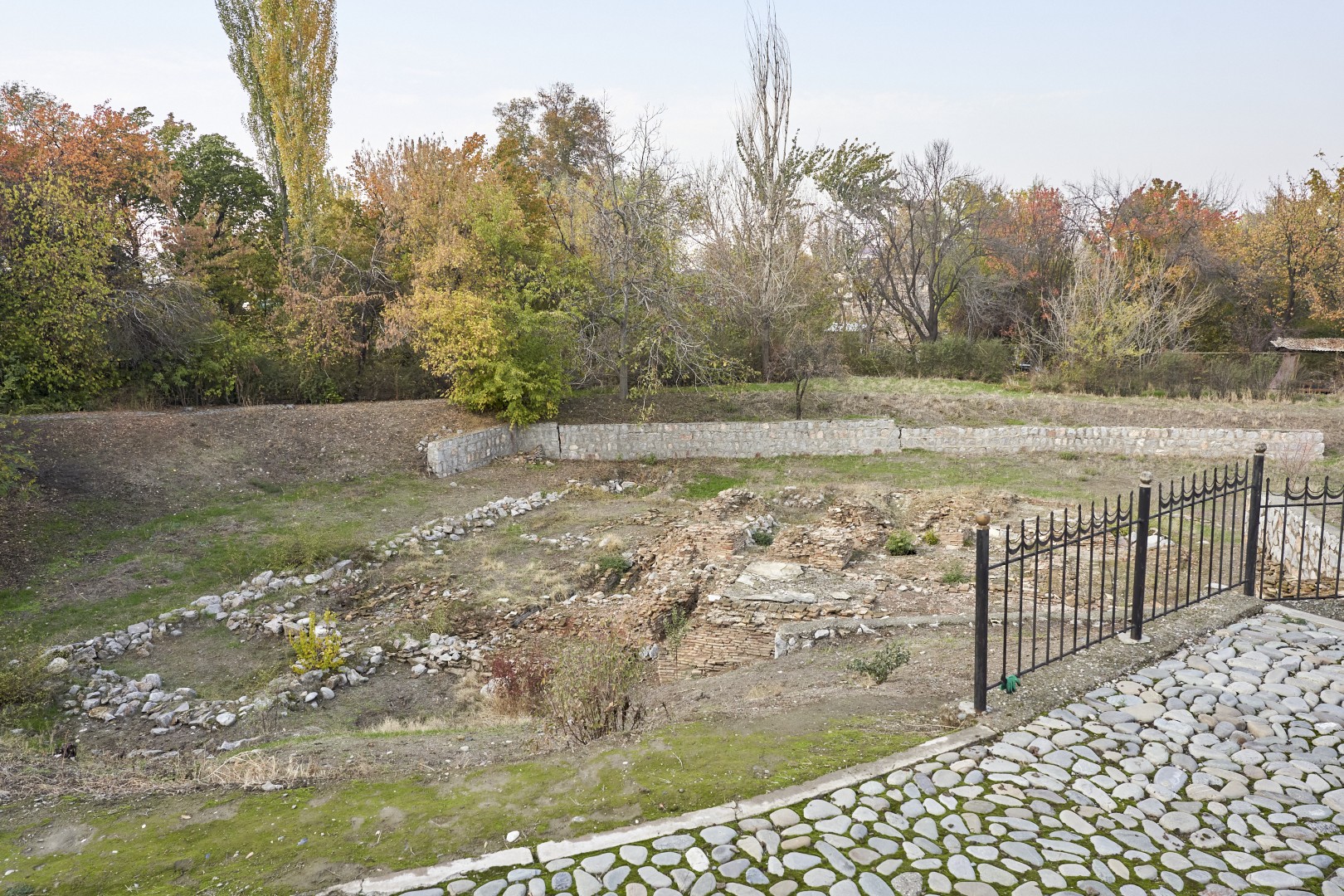
Medieval Bath
The remnants of a medieval bathhouse at the northern foot of Suleiman Mountain were discovered quite unexpectedly in 1984 during construction work for a new…
Other Locations
-
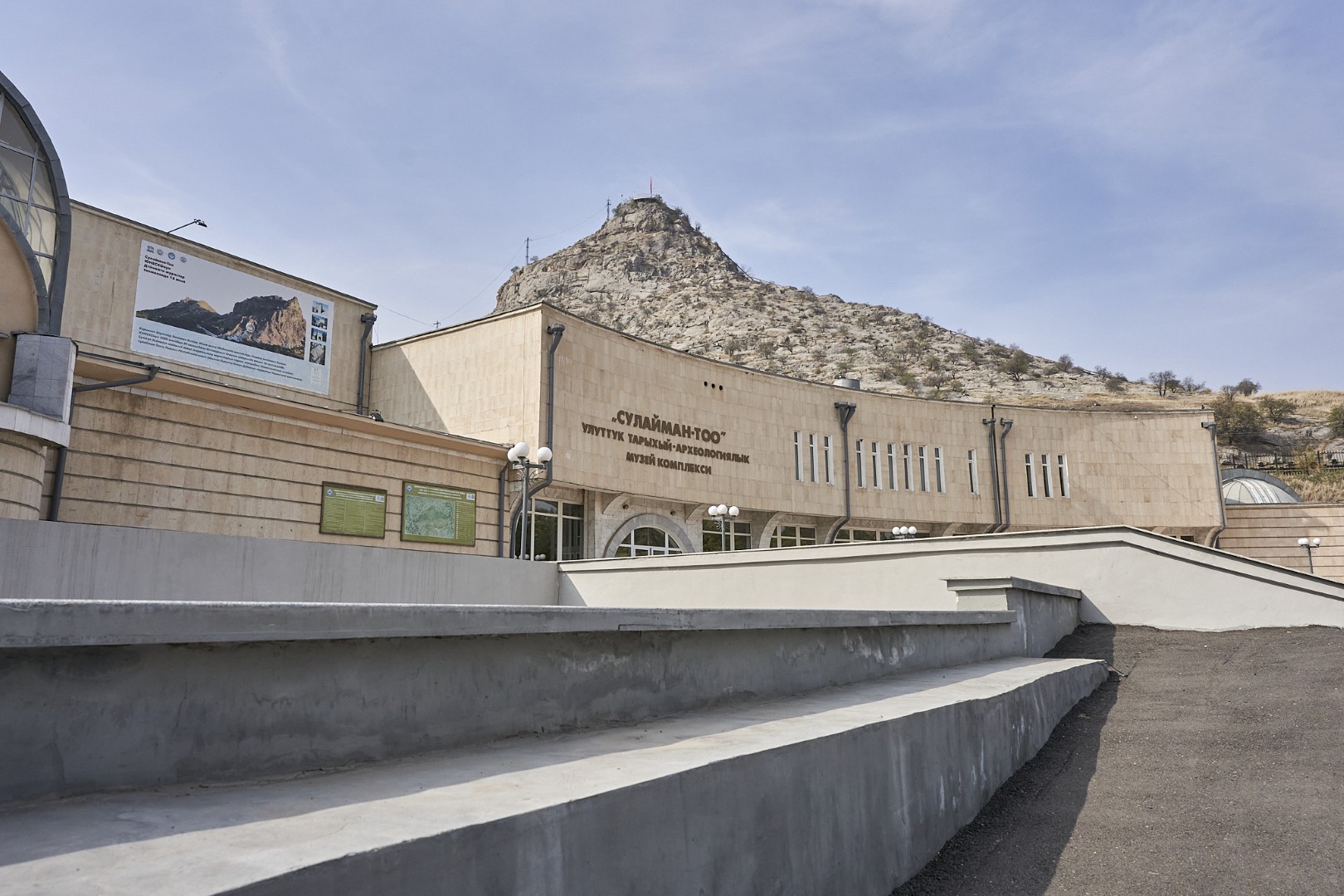
“Zero Milestone”: At the foot of Suleiman Mountain
The square at the foot of Suleiman Mountain’s north face has not always been the open and lively place it is today. Until the 1970s,…
-
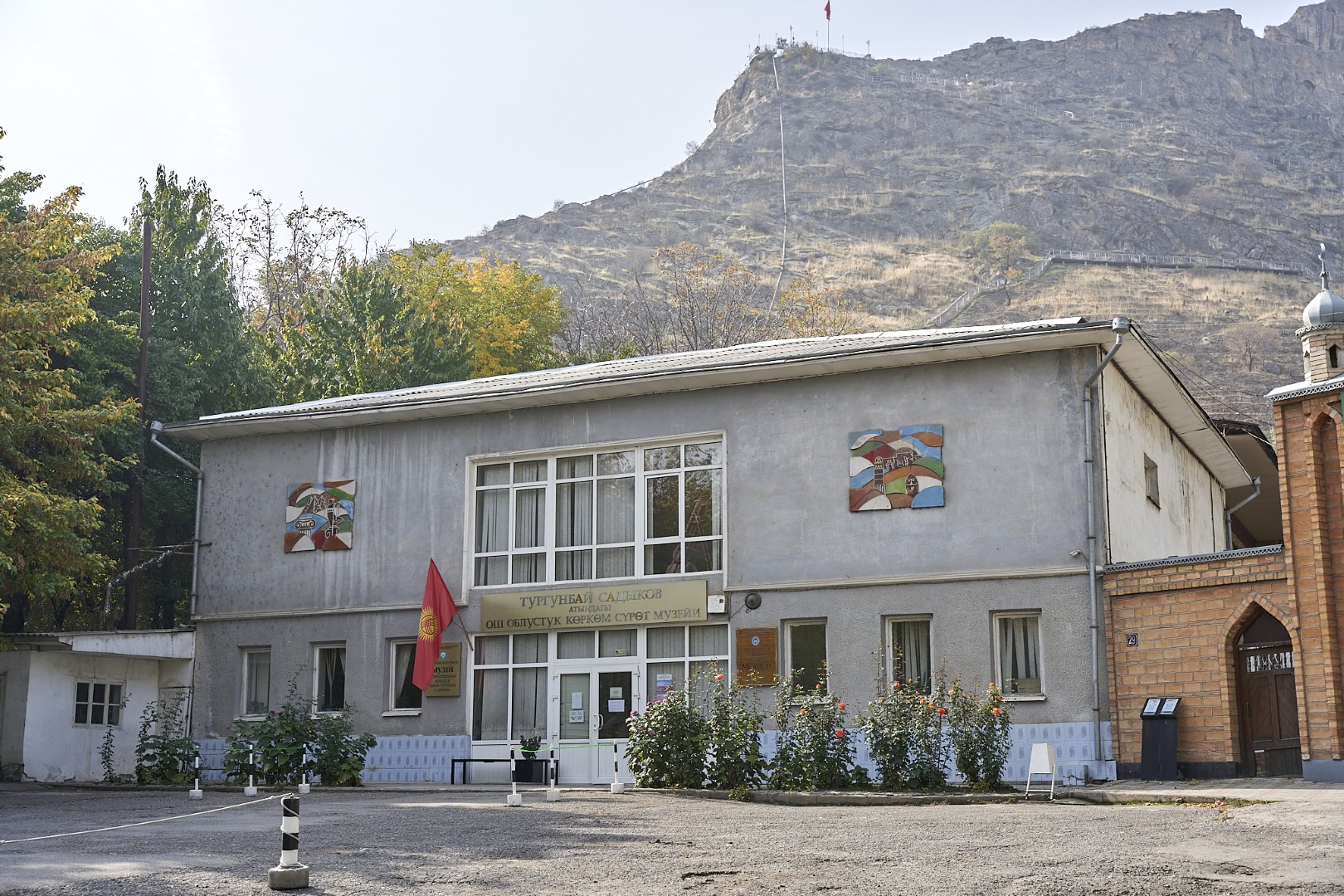
Museum of Fine Arts
The Osh Regional Museum of Fine Arts named after Turgunbai Sadykov is the newest of the local museums. It was opened in 2014 at the…
-
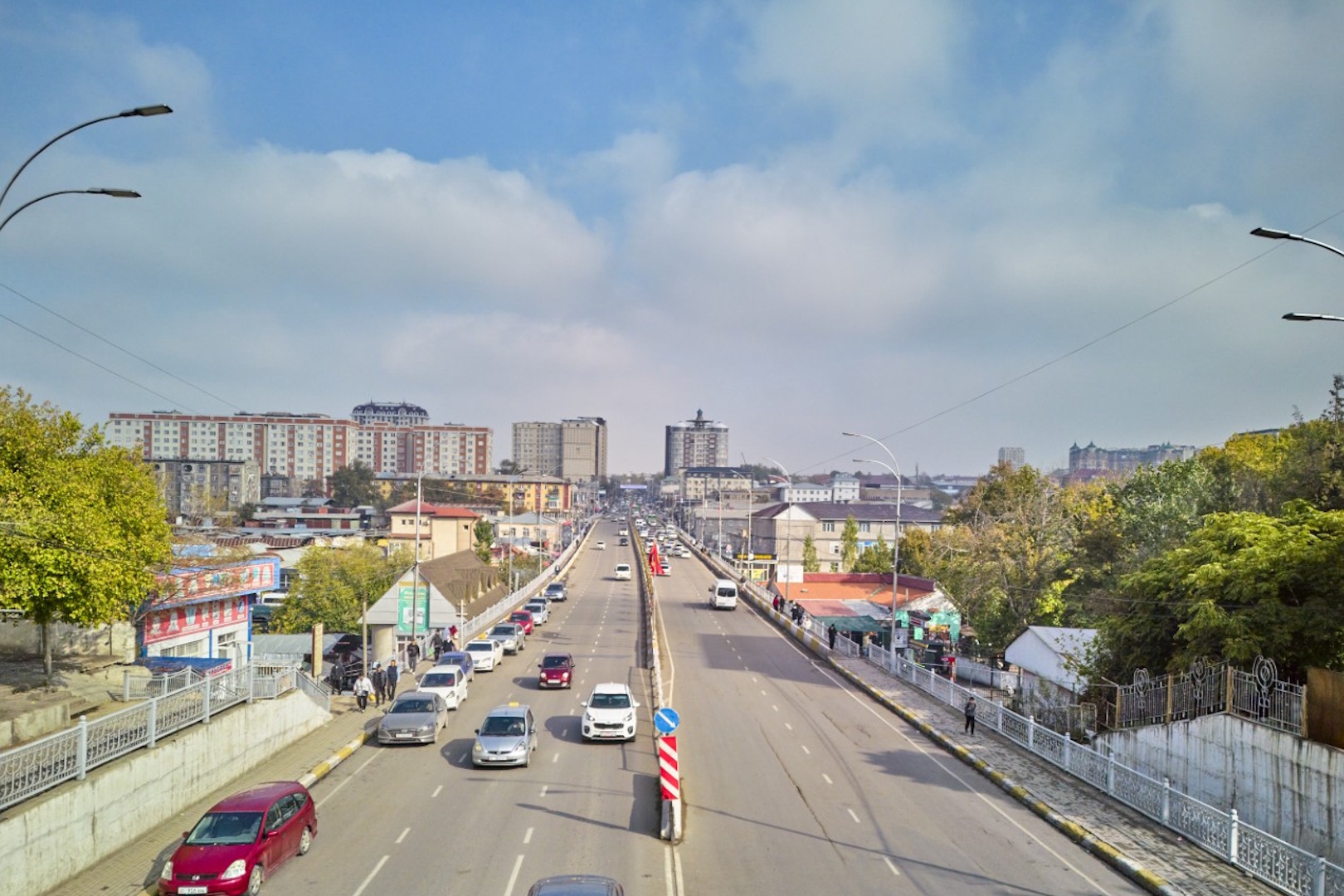
The road to the Pamirs starts in Osh!
The Pamir Highway begins in Osh! The Pamir Highway, one of the highest mountain routes in the world, is an extraordinary landmark and starts right…
-
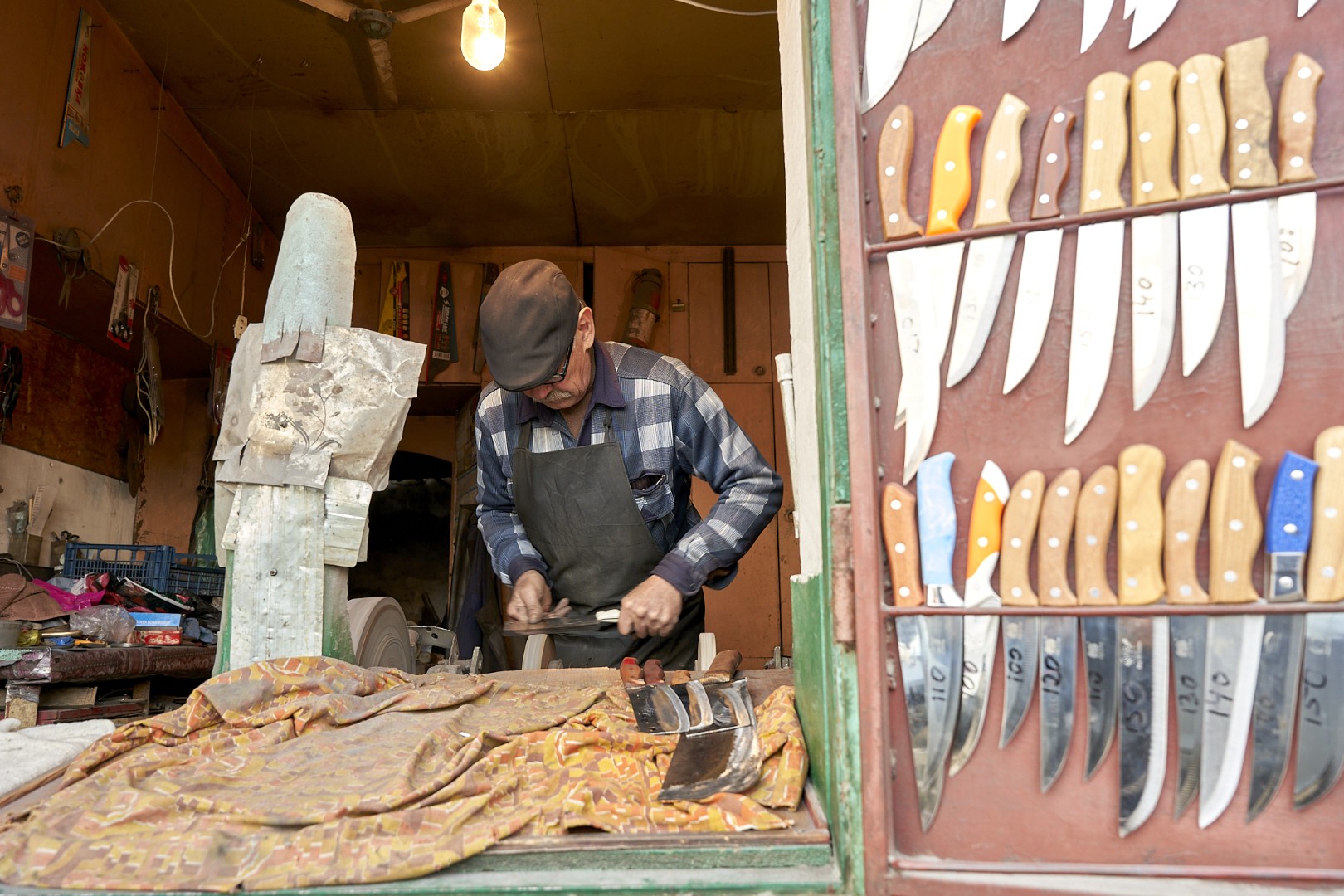
Artisans
The old bazaar is famous for its artisans, who cherish and preserve the secrets of their handicrafts, and whose wares are still in demand among…
